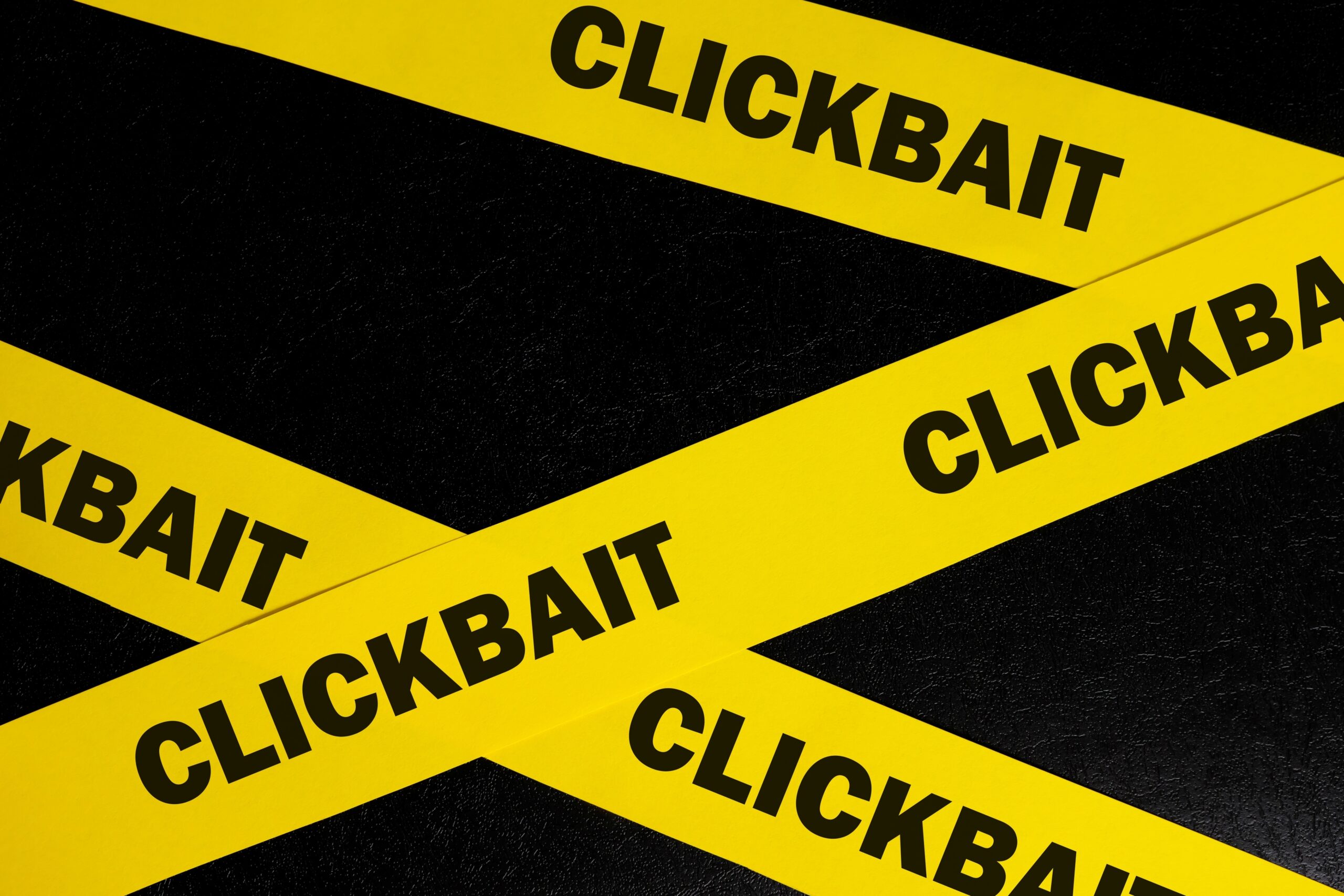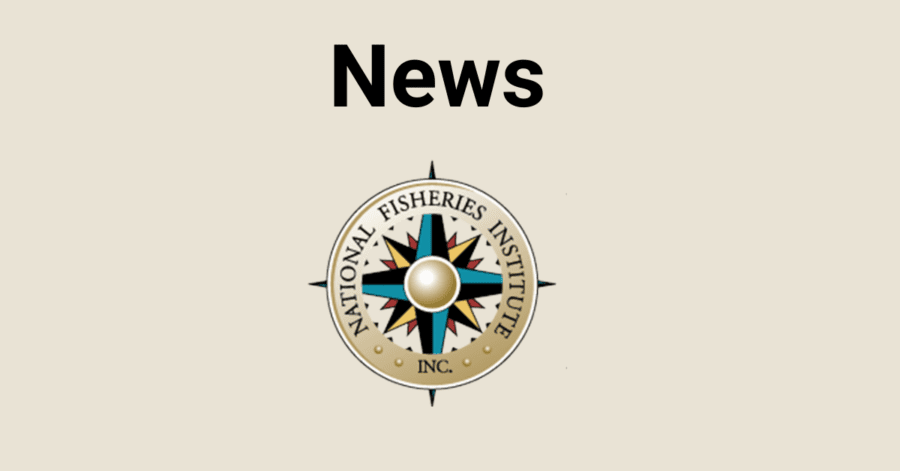Real Simple Makes It Real Complicated When It Comes to Eating Seafood
January 10, 2014
Dear Ms. Harris,
I was surprised and disappointed by the section regarding fish in your article How Much Is Too Much in the January, 2014 issue ofReal Simple. While author Sarah Copeland sets out to provide health benefits for your readers, her piece on fish creates more myths than it resolves misleading your readers in several ways.
Copeland writes that all fish are at risk of being tainted with mercury, citing an anonymous group of environmentalists for the assertion.In fact, the Food and Drug Administration hasstated thatfor most people, the risk from mercury by eating fish and shellfish is not a health concern and no peer-reviewed medical journal has ever published evidence of a case of mercury poisoning caused by the normal consumption of commercial seafood in the U.S. The USDAs Dietary Guidelines for Americans urges Americans to eat at least two fish meals a week.
Copeland also states that mercury exposure is linked with neurological and reproductive health problems. What Copeland does not tell her the readers is that these problems were the result of environmental disasters more than 50 years ago that neither resemble nor are applicable to how average American families eat seafood.
Copeland also incorrectly asserts that cold-water fish are safer sources that minimize toxins, and provides no evidence to back up her assertions. The fact is that all fish are subject to the same health and safety requirements.
Finally, Copeland inaccurately states that Albacore tuna should be avoided by pregnant or breast-feeding women. In fact, the USDAs Dietary Guidelines for Americans encourages pregnant and breastfeeding women toincreasethe amount of fish they are currently eating to at least two meals per week, to support healthy brain, eye, and spinal cord development for their children.False statementslike Copelands abovereinforce the serious seafood deficiency among pregnant women who eat less than half a serving (or 2 ounces) each week. Ultimately, it is their babies brain health that is suffering.
Only four, rarely eaten fish are suggested to avoid during pregnancy, and tuna is not one of them.Mercury in ocean fish is naturally-occurring in trace amounts and is the product of underwater volcanic activity. These miniscule amounts are simply not a concern for pregnant and breastfeeding women. For pregnant women eating fish from a local stream or pond, each state has local water advisories they can check. However, most American women eat fish purchased from their grocer.
As Copeland herself points out, fish are an important part of a healthy diet and health organizations, including the American Heart Association, concur. Real Simple quite simply got the story on fish wrong, unnecessarily turning seafood choices into a mine field and adding to the confusion of women who are, according to all the data, already seafood deficient thanks in large part to stories like this. Considering the material harm this could cause your readers, I would like to request an itemized list of corrections in next months magazine, and as a service to your readers, an online story affirming that fish is a primary source of omega-3s that experts agree Americans need to eat more of, especially during pregnancy. Please let me know what resources you need to get this corrected and please reach out to us when doing seafood related stories in the future.
Sincerely,
Mary Anne Hansan
Vice President, National Fisheries Institute

